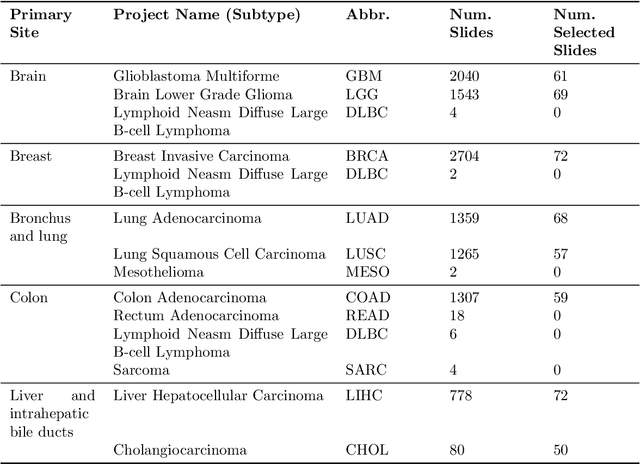Helen H. Shang
Beyond the Monitor: Mixed Reality Visualization and AI for Enhanced Digital Pathology Workflow
May 05, 2025Abstract:Pathologists rely on gigapixel whole-slide images (WSIs) to diagnose diseases like cancer, yet current digital pathology tools hinder diagnosis. The immense scale of WSIs, often exceeding 100,000 X 100,000 pixels, clashes with the limited views traditional monitors offer. This mismatch forces constant panning and zooming, increasing pathologist cognitive load, causing diagnostic fatigue, and slowing pathologists' adoption of digital methods. PathVis, our mixed-reality visualization platform for Apple Vision Pro, addresses these challenges. It transforms the pathologist's interaction with data, replacing cumbersome mouse-and-monitor navigation with intuitive exploration using natural hand gestures, eye gaze, and voice commands in an immersive workspace. PathVis integrates AI to enhance diagnosis. An AI-driven search function instantly retrieves and displays the top five similar patient cases side-by-side, improving diagnostic precision and efficiency through rapid comparison. Additionally, a multimodal conversational AI assistant offers real-time image interpretation support and aids collaboration among pathologists across multiple Apple devices. By merging the directness of traditional pathology with advanced mixed-reality visualization and AI, PathVis improves diagnostic workflows, reduces cognitive strain, and makes pathology practice more effective and engaging. The PathVis source code and a demo video are publicly available at: https://github.com/jaiprakash1824/Path_Vis
The State of Applying Artificial Intelligence to Tissue Imaging for Cancer Research and Early Detection
Jun 29, 2023



Abstract:Artificial intelligence represents a new frontier in human medicine that could save more lives and reduce the costs, thereby increasing accessibility. As a consequence, the rate of advancement of AI in cancer medical imaging and more particularly tissue pathology has exploded, opening it to ethical and technical questions that could impede its adoption into existing systems. In order to chart the path of AI in its application to cancer tissue imaging, we review current work and identify how it can improve cancer pathology diagnostics and research. In this review, we identify 5 core tasks that models are developed for, including regression, classification, segmentation, generation, and compression tasks. We address the benefits and challenges that such methods face, and how they can be adapted for use in cancer prevention and treatment. The studies looked at in this paper represent the beginning of this field and future experiments will build on the foundations that we highlight.
Histopathology Slide Indexing and Search: Are We There Yet?
Jun 29, 2023



Abstract:The search and retrieval of digital histopathology slides is an important task that has yet to be solved. In this case study, we investigate the clinical readiness of three state-of-the-art histopathology slide search engines, Yottixel, SISH, and RetCCL, on three patients with solid tumors. We provide a qualitative assessment of each model's performance in providing retrieval results that are reliable and useful to pathologists. We found that all three image search engines fail to produce consistently reliable results and have difficulties in capturing granular and subtle features of malignancy, limiting their diagnostic accuracy. Based on our findings, we also propose a minimal set of requirements to further advance the development of accurate and reliable histopathology image search engines for successful clinical adoption.
Clinically Relevant Latent Space Embedding of Cancer Histopathology Slides through Variational Autoencoder Based Image Compression
Mar 23, 2023Abstract:In this paper, we introduce a Variational Autoencoder (VAE) based training approach that can compress and decompress cancer pathology slides at a compression ratio of 1:512, which is better than the previously reported state of the art (SOTA) in the literature, while still maintaining accuracy in clinical validation tasks. The compression approach was tested on more common computer vision datasets such as CIFAR10, and we explore which image characteristics enable this compression ratio on cancer imaging data but not generic images. We generate and visualize embeddings from the compressed latent space and demonstrate how they are useful for clinical interpretation of data, and how in the future such latent embeddings can be used to accelerate search of clinical imaging data.
 Add to Chrome
Add to Chrome Add to Firefox
Add to Firefox Add to Edge
Add to Edge